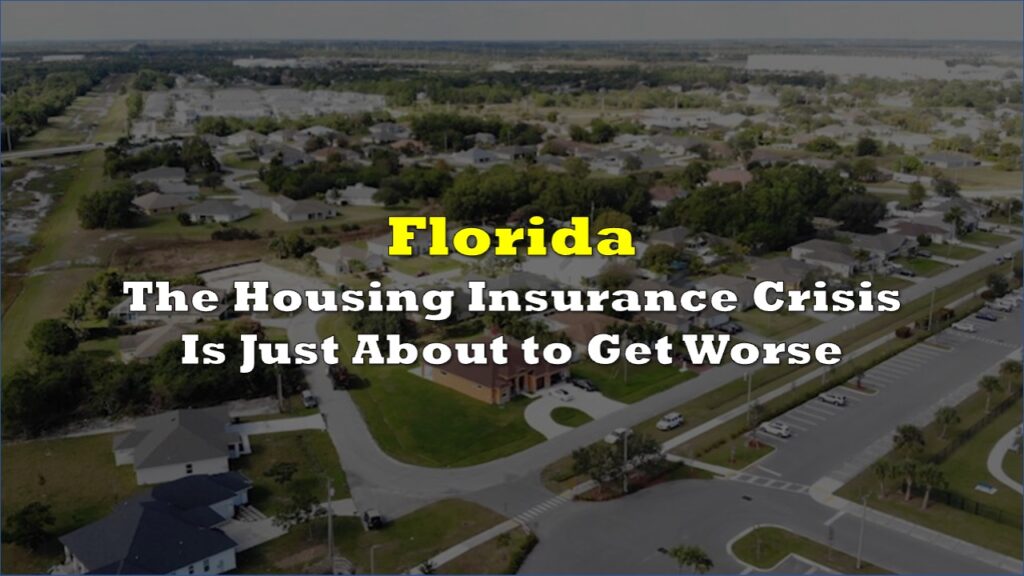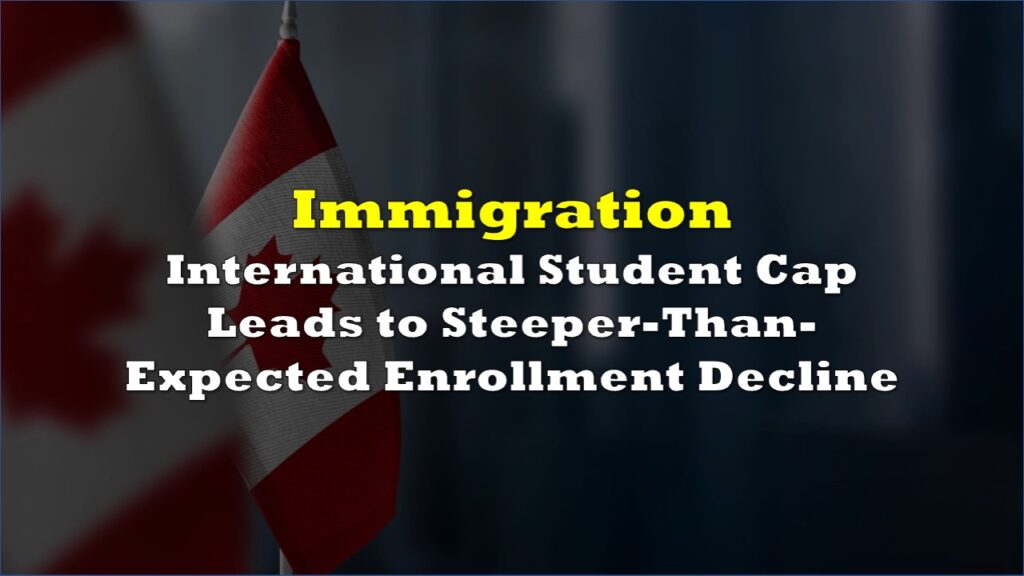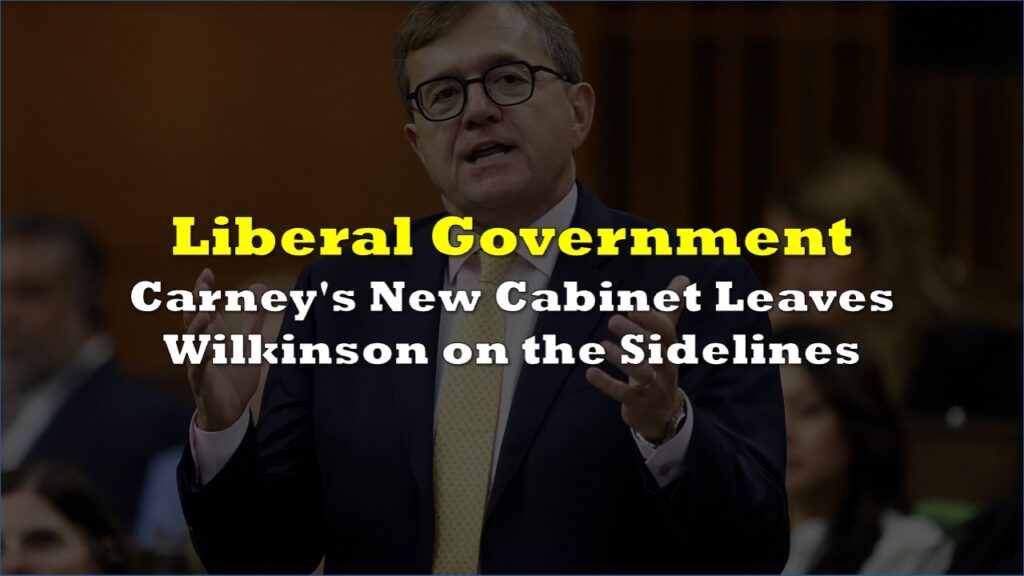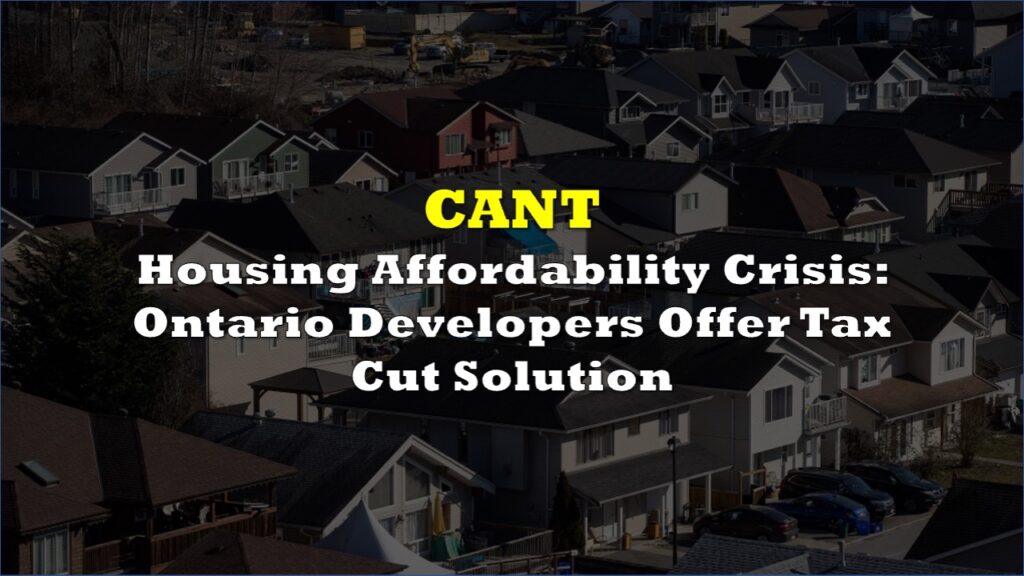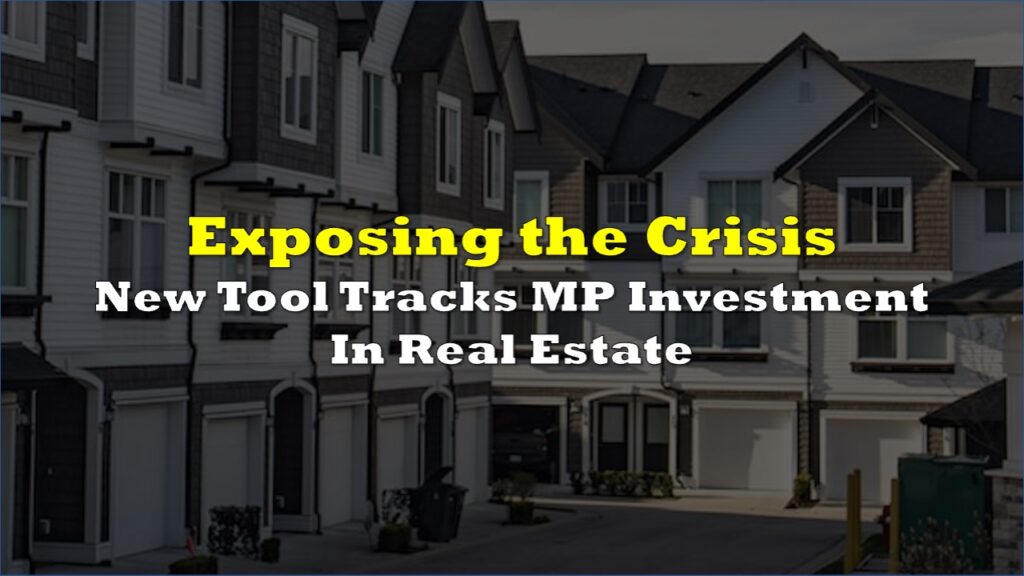After sending every single budget into a free-fall deficit since being elected in 2015, the Liberal government finally decided to incorporate a tiny bit of fiscal prudence into its otherwise ginormous government spending bill— a big pat on the back to Canada’s Finance Minister Chrystia Freeland.
But, hidden within the budget’s zestful focus on menstrual products, tax credits for carbon capture technology, and taxing big banks and insurance companies, is a lack of any meaningful plan for actually making housing more affordable for Canadians.
Is Trudeau trying to 'mansplain' to women they don't need cheaper housing, it's just that time of the month? pic.twitter.com/xtzxc5R3I3
— SmallCapSteve (@smallcapsteve) April 8, 2022
To the shock and awe of many, Freeland unveiled a slightly more frugal budget than expected for 2022, one that for once will allocate revenue windfalls towards reducing an otherwise ballooning deficit. The latest budget also marks a stark contrast to Prime Minister Justin Trudeau’s extravagant spending, which caused government debt levels to double since his party took office.
The deficit for the fiscal year ending in March stood at $114 billion, modestly shy of December’s estimates calling for $145 billion, which is expected to slowly recede to $8.4 billion by 2026. The budget gap for the current fiscal year is forecast at $52.8 billion, while the debt-to-GDP ratio is anticipated to fall from 46.5% to 41.5% by 2026. But lets skip the budget formalities for now: as promised during what turned out to be a meaningless October election, the Liberals decided to deliver on their campaign promise to curtail surging home prices and make home ownership more attainable for Canadians.

As promised, the centerpiece of Freeland’s budget was focused on housing measures totalling $10 billion over the next six years, in addition to a $4 billion accelerator fund aimed at incentivizing cities to boost housing supply. To tackle soaring housing prices, the Liberals will enforce a temporary foreign investment ban — with the exception of recreational properties — to make sure that wealthy snowbirds aren’t impacted, of course.
Indeed, as Sabrina Maddeaux from the National Post points out, the Liberal’s housing affordability plans are just lipstick on a pig: although housing is a focal point, the plethora of new initiatives do little to address the root cause of Canada’s worsening housing crisis. To help smooth over what turned out to be a nothing burger on making home ownership more affordable to middle and lower-income class Canadians, Freeland reminded us that “housing is a basic human need, but it is also an economic imperative,” before clandestinely admitting the budget will not do much to solve anything.
“On housing, I’d like to offer one caution,” she wrote in the foreword. “There is no silver bullet which will immediately, once and forever, make every Canadian a homeowner in the neighbourhood where they want to live.” Sure, most Canadians have come to terms with not being able to afford a home in the location of their dreams right away, but they are at least hopeful for a fair chance of some kind of home ownership one day.
To help potential homebuyers achieve that goal, the Liberals promise to create a Tax-Free First Home Savings Account (FHSA), which combines the benefits of a TFSA and a RRSP, including non-taxable withdrawals, tax deductible contributions, and the exclusion of capital gains on investment income, which will ultimately heed up to $40,000 in savings for first-time homebuyers. Sounds great, right?
Well, not quite. Diving into the fine print, the FHSA does little — if anything — to help the average aspiring homeowner reach their homeownership goal. The program will not be available until sometime in 2023 to begin with, and Canadians are capped at contributing no more than $8,000 per year into the account, which cannot be carried forward. So, in other words, if an individual deposits less than the $8,000 in one year, they cannot deposit more to make up for the previous shortfall in the following year. In addition, the FHSA cannot be combined with the Home Buyer’s Plan, which allows users to withdrawal up to $35,000 from their RRSP.
But, even for those able to save $8,000 per year towards a home, even after five years $40,000 is peanuts compared to the soaring real estate prices of some regions in Canada. Take for example a large city like Toronto or Vancouver, where much of the country’s urban population is located: it’s almost comical to assume that $40,000 would be a sufficient downpayment for a family starter home priced at $1 million in 2028.
Also in the budget are new rules targeting property flippers, which will ensure that assignment sales — or houses that are sold before they are constructed — are subject to GST and HST. The Liberals also earmarked $200 million towards rent-to-own projects, which we both know have a bad reputation for taking advantage of Canadians in lower income classes. Although Freeland promises to impose stringent “safeguards and consumer protections,” she stopped short of explaining just how exactly, the programs will work while protecting Canadians from predatory owners.
Let’s also not forget the Liberal’s promises to build more affordable housing— which you and I both know is just wishful thinking given Trudeau’s previous promises that repeatedly fell through. The budget’s forecasts call for a decline in housing demand relative to rising interest rates, as well a decline in pandemic-related demand. Sure, an increase in borrowing costs will help subside some demand, but relying on the Bank of Canada’s monetary policy initiatives alone does not address the systemic problems plaguing the country’s housing market — that is, lack of supply.
Information for this briefing was found via the Government of Canada and the sources mentioned. The author has no securities or affiliations related to this organization. Not a recommendation to buy or sell. Always do additional research and consult a professional before purchasing a security. The author holds no licenses.





